Nestled in the heart of California’s Silicon Valley, Stanford University boasts a rich tapestry of intriguing facts. Founded in 1885, it has since evolved into a world-renowned institution. With its innovative spirit and impressive academic legacy, Stanford University continually captivates the curious minds of students and enthusiasts alike.
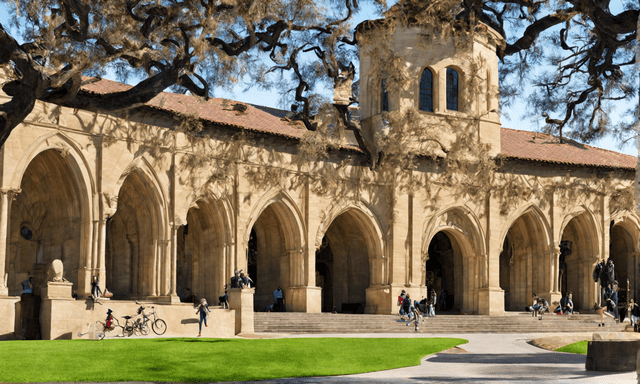
One fascinating aspect of Stanford is its sprawling 8,180-acre campus, where lush green spaces seamlessly blend with cutting-edge research facilities. As a result, students find themselves immersed in an environment that promotes both intellectual growth and natural beauty, creating a harmonious atmosphere for learning and exploration.
Moreover, Stanford University has an impressive track record when it comes to nurturing innovation. It has produced countless successful entrepreneurs, including the co-founders of companies like Google, Hewlett-Packard, and Netflix. This remarkable influence on the tech world underscores its commitment to pushing the boundaries of knowledge and leaving an indelible mark on the world.
Quick Fascinating Facts About Stanford University
- Founding Vision: Stanford University was founded in 1885 by Leland Stanford and his wife, Jane Stanford, as a memorial to their son and with a vision to contribute to the betterment of humanity through education.
- Silicon Valley Hub: Located in the heart of Silicon Valley, Stanford has strong ties with major tech companies and has played a significant role in the development of the tech industry.
- Stanford Tree Mascot: The Stanford Tree is an unusual and beloved unofficial mascot, symbolizing the university’s playful spirit and uniqueness.
- Nobel Laureates: Stanford boasts a substantial number of Nobel Prize laureates among its faculty and alumni, reflecting its commitment to academic excellence and research.
- Sustainability Commitment: Stanford is dedicated to environmental sustainability, with its energy supply entirely sourced from renewable resources.
- Prominent Alumni: The university has produced a wide range of notable alumni, including the co-founders of Google, a former U.S. President, and a Supreme Court Justice.
- Rodin Sculptures: The Cantor Arts Center at Stanford houses the largest collection of sculptures by Auguste Rodin outside of Paris.
- Unique Residential System: Stanford’s residential system divides students into houses or dorms, fostering a strong sense of community and belonging.
- Hoover Tower: The Hoover Tower offers stunning views of the campus and the surrounding area and houses the Hoover Institution’s archives and exhibits.
- Interdisciplinary Research: Stanford actively encourages interdisciplinary research, promoting collaboration and innovation across various academic fields.
Also Read this: Unbelievable Facts about Arizona State University
Leland Stanford’s Vision
Leland Stanford, a former California governor, and his wife, Jane Stanford, founded Stanford University in 1885 as a memorial to their son, Leland Jr., who had tragically passed away. Their vision was to create an institution that would contribute to the well-being of humanity.
Diverse Campus
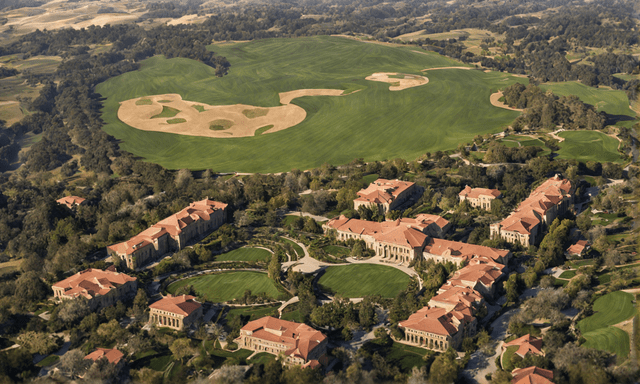
Stanford’s 8,180-acre campus includes a wide range of landscapes, from the rolling foothills of the Santa Cruz Mountains to manicured lawns and state-of-the-art research facilities. The diversity of the campus mirrors the diversity of the academic programs it offers.
Also Read this: 15 Unbelievable Facts About the University of Oregon
Stanford’s Mascot
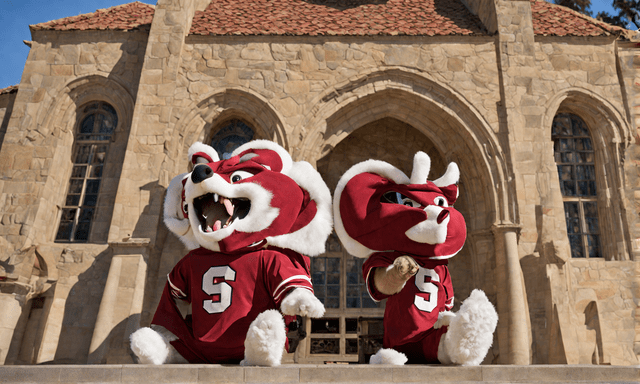
The Stanford Tree, an unofficial but beloved mascot, is known for its zany and energetic presence at Stanford events. It embodies the university’s playful spirit and is a symbol of Stanford’s uniqueness.
Landmark Libraries
The Hoover Institution Library at Stanford houses a vast collection of materials related to war, revolution, and peace. Its archives contain invaluable historical documents and manuscripts, making it a significant academic resource.
Silicon Valley Connection
Stanford’s location in the heart of Silicon Valley has led to a close partnership with tech industry giants. Many tech leaders, like Google, HP, and Cisco, have direct ties to the university, contributing to a culture of innovation and entrepreneurship.
Nobel Laureates
Stanford’s faculty and alumni have earned numerous Nobel Prizes across various fields, including physics, chemistry, economics, and medicine. This recognition reflects the university’s commitment to academic excellence and research.
Innovation Hub
The Stanford Research Park, adjacent to the university, is a thriving hub for innovation and technology. Over 150 companies, many with Stanford connections, are based here, making it a significant contributor to the region’s tech ecosystem.
Also Read this: 40 Fascinating Facts About University of Georgia
Green Initiatives
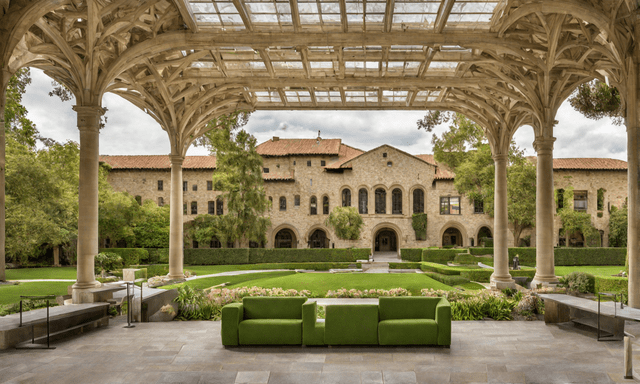
Stanford is dedicated to environmental sustainability. The university’s energy supply is entirely sourced from renewable resources, and it actively promotes eco-friendly practices and research in the pursuit of a greener future.
Stanford Ovshinsky
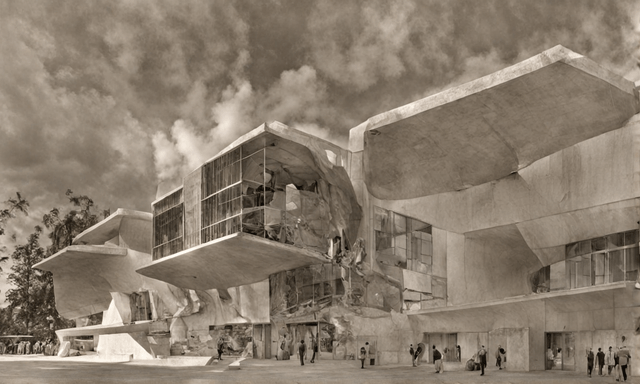
Stanford Ovshinsky, a Stanford alumnus, was a prolific inventor and scientist. He is best known for his work on amorphous silicon, which has applications in photovoltaic cells and thin-film electronics.
Larry Page and Sergey Brin
The co-founders of Google, Larry Page and Sergey Brin, began their journey at Stanford while pursuing their Ph.D. studies. Their research laid the foundation for the world’s leading search engine.
Star-Studded Alumni
Stanford’s list of alumni includes former U.S. President Herbert Hoover and Supreme Court Justice Sandra Day O’Connor, along with numerous leaders in various fields, from business and technology to the arts and politics.
Historic Rodin Sculptures
The Cantor Arts Center at Stanford houses the largest collection of sculptures by the French artist Auguste Rodin outside of Paris. The collection features iconic works like “The Thinker” and “The Gates of Hell.”
Distinct Residential System

Stanford’s unique residential system divides students into different houses or dorms, each with its character and traditions, fostering a sense of belonging and community among students.
Memorial Church
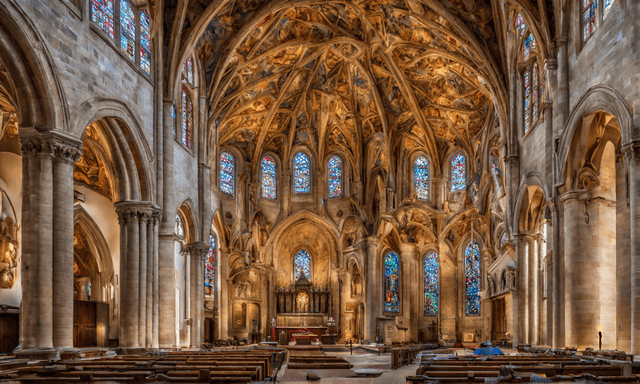
The Stanford Memorial Church, with its Romanesque architecture and stunning stained glass windows, serves as a spiritual and architectural focal point on campus. It hosts a wide range of religious and cultural events.
Stanford’s Linear Accelerator
The Stanford Linear Accelerator Center (SLAC) is a renowned facility for high-energy particle physics and accelerator research. It has contributed to groundbreaking discoveries in the field.
Hoover Tower
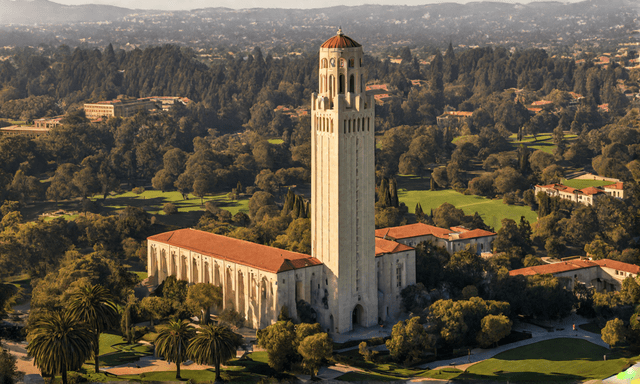
The Hoover Tower, an iconic 285-foot-tall observation tower, offers breathtaking panoramic views of the campus and the surrounding Bay Area. It houses the Hoover Institution’s archives and exhibits.
Storied Athletics
Stanford’s athletic program, known as the Cardinal, has a rich history of success. The university has produced numerous Olympic champions and excels in a wide range of sports, from football and basketball to swimming and gymnastics.
Interdisciplinary Research
Stanford actively encourages interdisciplinary research, with numerous research centers and programs that bridge traditional academic boundaries. This approach fosters collaboration and innovation.
The Dish
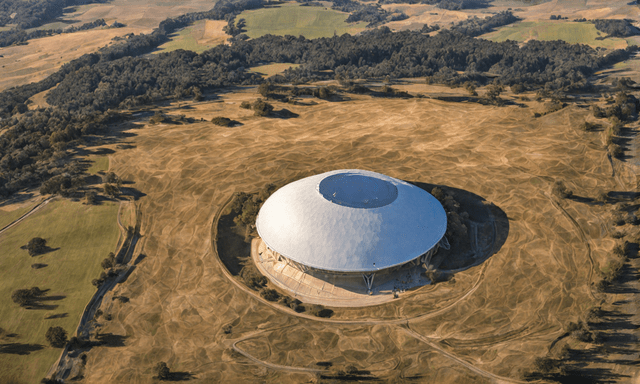
The Stanford Dish, a popular hiking and running spot, features a radio telescope and offers not only picturesque views but also a connection to scientific research. It’s a great place for both exercise and exploration.
Public Art Installations
Stanford’s campus is dotted with various public art installations, including sculptures, interactive pieces, and murals that contribute to the vibrant and creative atmosphere on campus. These artworks enrich the student experience and offer cultural insights.
FAQs
A: Stanford University was founded on October 1, 1885.
A: The official mascot of Stanford University is the “Stanford Tree,” a unique and unofficial mascot that represents the school’s quirky and creative spirit.
A: Leland Stanford was one of the co-founders of the university and served as its namesake. He was a former California governor and a prominent figure in the development of the western United States. Leland Stanford and his wife, Jane Stanford, established the university in memory of their son, Leland Stanford Jr., who had died young
A: The Hoover Tower is an iconic 285-foot (87-meter) structure on the Stanford campus. It houses the Hoover Institution, a public policy research center known for its collection of historical documents and research materials related to world politics and economics. The tower offers panoramic views of the campus and the surrounding area.
A: As of my last knowledge update in January 2022, Stanford University has had over 30 Nobel laureates associated with the institution, including faculty, alumni, and researchers who have received Nobel Prizes in various fields, such as physics, chemistry, and economics. The number may have changed since then.